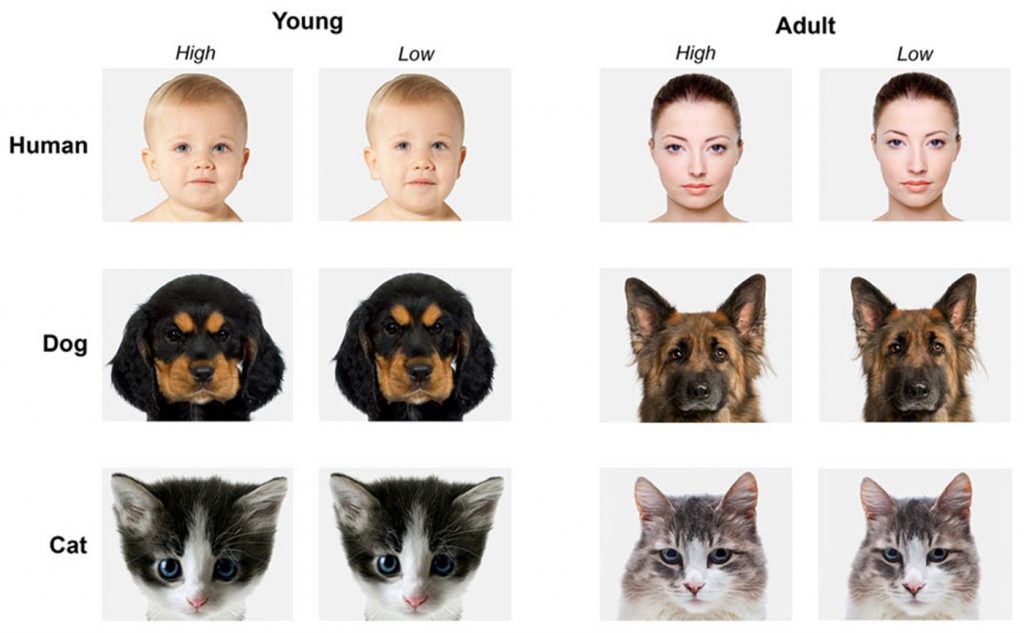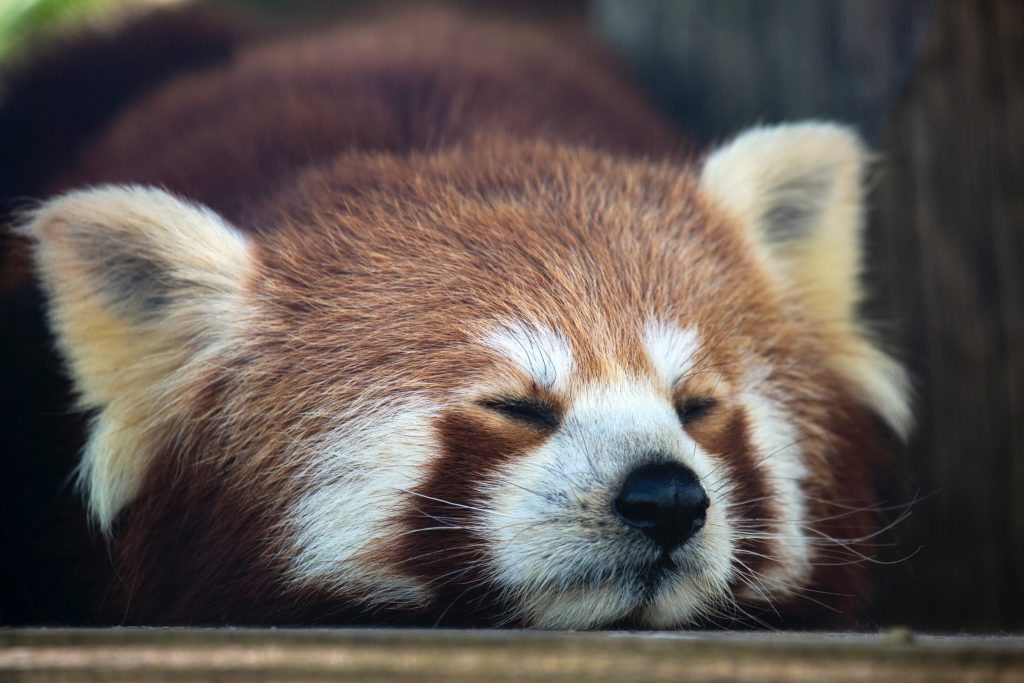This post is also available in Dutch.
The urge to bite, squeeze, or eat something because it’s so cute is familiar to most of us. There are even words in some languages to describe the feeling; for example, the word gigil in Filipino Tagalog refers to “the gritting of teeth and the urge to pinch or squeeze something that is unbearably cute”. As contradictory as it may seem, this psychological phenomenon may have reasons for existing.
Our brain gets high on cuteness
There are certain physical features, widely referred to as kindchenschema (or baby schema), that are known to be perceived as cute and have a nearly universal appeal. A large round head with large eyes and a small chin have been used in the forefront of marketing campaigns to attract new clients. And that’s not by accident: Seeing cute things activates the reward circuits of our brains, releasing dopamine, and making us want more of what we see. But it’s not only feelings of happiness induced by exposure to cuteness; there’ve also been reports of improvements in performance (e.g., in motor control, attention, and productivity).

Expressing the opposite of what you feel
Why is it then that, besides the multiple benefits of seeing something cute, we can still feel and sometimes even act slightly aggressive towards it? In fact, this isn’t rare and it’s part of what’s called dimorphous expression; the outward expression of an emotion that appears contradictory to the feeling experienced. Some examples are crying tears of joy or laughing when nervous.
“Cute aggression”, as it has been coined, is a type of dimorphous display. In a study, participants were asked to view a slideshow of cute, funny and neutral animals. They were also provided with sheets of bubble wrap and instructed to pop as many or as few bubbles as they’d like. Participants ended up popping way more bubbles upon seeing cute animals than they did upon those of funny or neutral ones, suggesting that the inclination for being playfully aggressive towards something is not only expressed verbally, but might also have to be expressed physically.
Cute aggression as emotion regulation
The question of what purpose cute aggression might serve has long occupied the minds of researchers like Rebecca Dyer and Oriana Arag?n, who have done a lot of work in the field and have formed their own unique hypothesis. Essentially, the view of a cute creature elicits in most people a caretaking need that is nevertheless bound to remain partially unmet. This can lead to frustration and the sense of lost control and, in order to recover from such overwhelming feelings, the involuntary response of an emotion from the opposite direction which could help dampen the original one. Thus, similar to other forms of dimorphous display, the hypothesis is that cute aggression consists of a form of self-regulation, so that the phrase “you are so cute, I’m gonna die” indicates a literal alarm in the brain, leading to an inventive yet harmless solution for everyone involved.
Header by Diana Parkhouse on Unsplash
Author: Christina Isakoglou
Buddy: Floortje Bouwkamp
Editor: Christienne Damatac
Translation: Jill Naaijen
Editor translation: Marlijn ter Bekke
